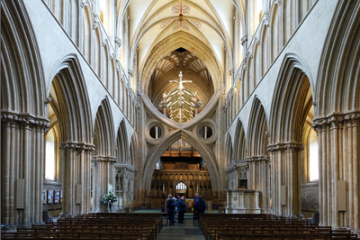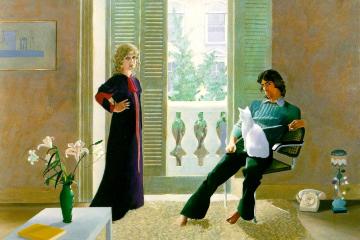Introduce portable art objects, engravings, drawings and paintings on cave walls as the earliest art known in the world.
Portable art objects, engravings, drawings and paintings on cave walls and in the open air will be introduced as the earliest art known in the world, primarily from western Europe and dating 40000 to 12000 years ago.
Following the story of their discovery and authentication the lecture will discuss the main techniques employed, the pigments, the lighting methods and some of the reasons why this art corpus comprises some of the greatest imagery ever produced.
How to book this event:
There are 100 free tickets for this event. Please see our facebook page.
If you do not have a free ticket, visitors on the door by voluntary donation. Doors and cafe open from 10.00am
THE ARTS SOCIETY ACCREDITED LECTURER

Dr Paul Bahn
Studied archaeology at the University of Cambridge, and completed PhD thesis (1979) on the prehistory of the French Pyrenees. Has held post-doctoral fellowships, at Liverpool and London, plus a J. Paul Getty postdoctoral fellowship in the History of Art and the Humanities. Devotes time to writing, editing and translating books on archaeology, plus occasional journalism and as much travel as possible. Main research interest is prehistoric art, especially rock art of the world, and most notably Palaeolithic art, as well as Easter Island. Led the team which, at his instigation, searched for and discovered the first Ice Age cave art in Britain (at Creswell Crags) in 2003.
OTHER EVENTS
We look at the evolution of cathedral buildings
We follow Hockey's career as an artist.




